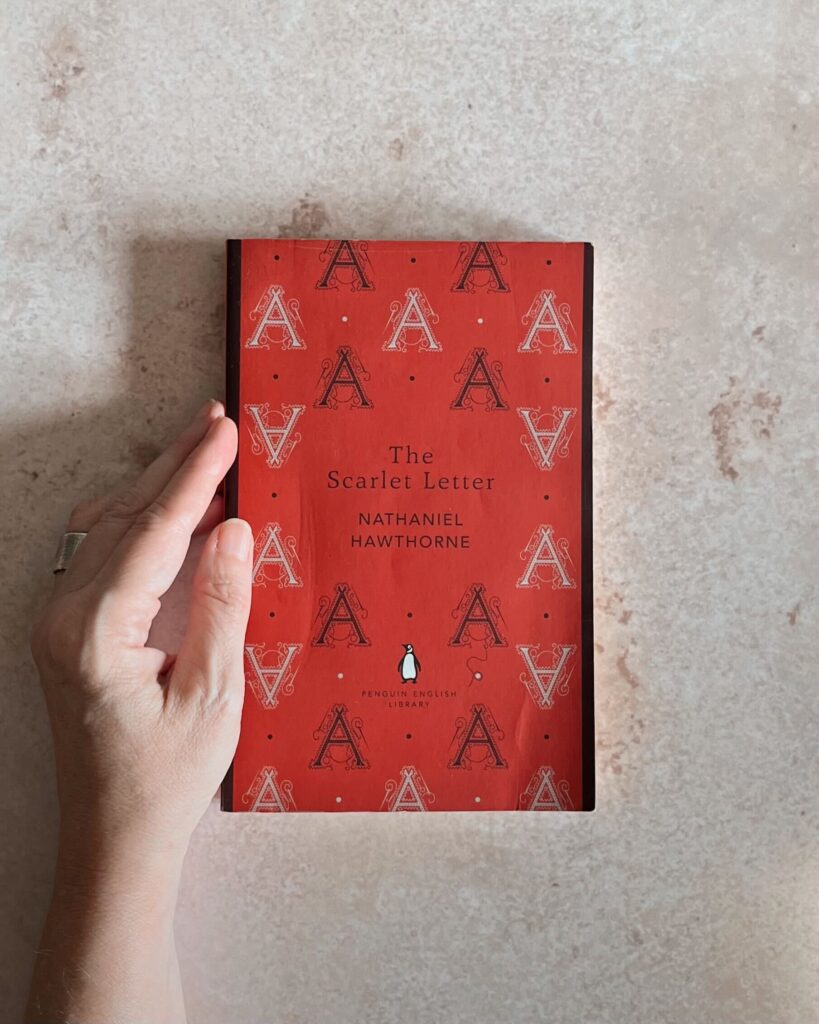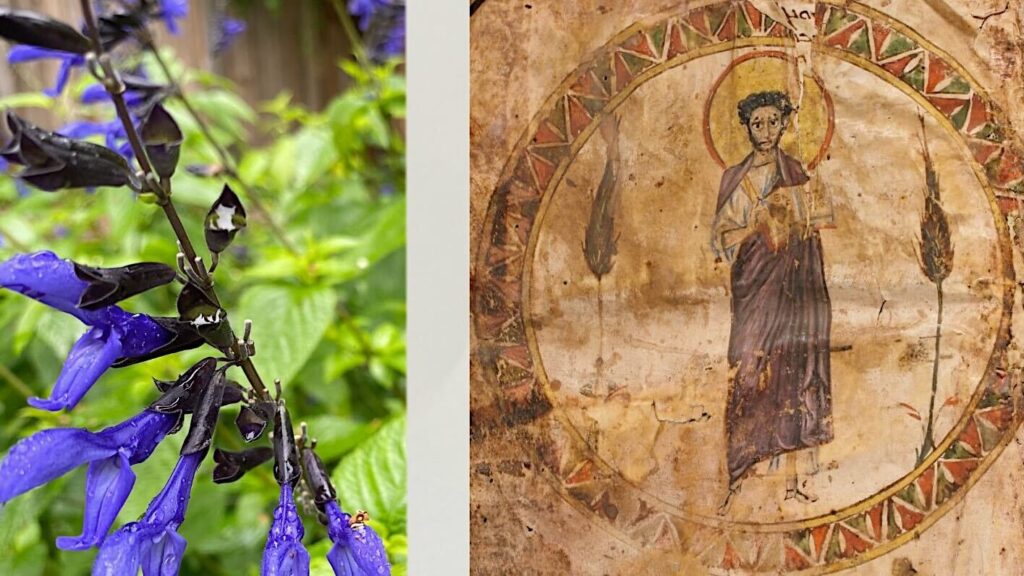The CMP Review — Week of May 22
May 22, 2023

“Give the children time to grow. Give them time to think. Remember the words of the poet, ‘The thoughts of youth are long, long thoughts.’ Obedience must be taught; discipline must be wrought; learning must be instilled. Nevertheless find time, make time, if needs be take time from other things, that the child, or better still the children, may have their seasons free from grown-up restraint. Their happiness will be securer, their natures sweeter, their development surer, for the times of unconscious being. Their moral standpoint will be insensibly raised by the unrecognized yet appreciated confidence placed in them; and above all they will keep for a longer period—perhaps in a measure all their lives—the child-spirit which, precious as it is, stands in so great a risk of being lost for ever in the modern rush of life, the eagerness to excel, the struggle for the front rank.” (Reynolds, The Parents’ Review, Vol. 10, p. 158)
@tessakeath
May 23, 2023

“Life rushes; it seldom walks or trots quietly,” wrote Dr. Helen Webb. “Typewriters, telephones, motor-cars and aeroplanes tend to make people pack their days full to bursting, and many of us find that we are expected, with these aids, to get through as much in a day as former generations did in a week or more.”
These words from 1928 make us wonder what Dr. Webb would write of our lifestyles today. Have iPhones, electric cars, and the internet made people pack even more into their days? Are we now expected to get through in an hour as much as her generation did in a day?
Dr. Webb was alarmed by the impact that this hectic lifestyle was having on the children of her day. She outlined a multi-pronged approach for parents to secure “a quiet growing time” for their little ones. Not surprisingly, her program involves habit, atmosphere, and ideas. But she insisted that these be balanced. “What we aim at,” she wrote, “is the balanced stability … which, moved by the slightest touch, ultimately returns to equilibrium.”
If Dr. Webb’s advice was well-received in her era of typewriters, how much more should it be in our era of keyboards? Instead of pointing us to big tech and big power, she points to the little things. Because the quiet growing time depends on small things. Read or listen to Dr. Webb’s timely paper on why small things matter, available here.
📷: @aolander
@artmiddlekauff
May 24, 2023
Have you ever read The Scarlet Pimpernel? It’s a historical fiction in which the male protagonist mysteriously signs his messages with a drawing of the tiny flower. I’d always only imagined it as an English flower so was surprised to find the sweet symbol of humility growing here in Tennessee.
@rbaburina
May 25, 2023

In the 17th century, René Descartes introduced Cartesian coordinates. David Nelson describes the impact: “Their discovery allowed the application of algebraic methods to geometry and the study of hitherto unknown curves.”
Prior to Descartes, one might be forgiven for thinking of geometry and algebra as two fundamentally separate disciplines, as distinct as, say, grammar and arithmetic. But Descartes enabled us to see that x² + y² = r² is as accurate and valid a definition of a circle as the set of points equidistant from a center.
In the 20th century, graphing calculators were introduced to the world. They allow us in a moment to view the spatial representation hidden as it were in a string of symbols and numbers. Some of these curves are novel, some beautiful, all interesting.
Of course we learn how to plot these curves by hand. Of course we learn all about conic sections. But sometimes it’s nice to enjoy the fruit of the centuries and witness in a heartbeat the image behind some equation we are manipulating. It is a reminder that no matter how deep we are in algebra, geometry is never far away.
But such a perspective requires a certain view of math. A view that math is really a domain of wonder. A belief that all these mathematical signs are really symbols of living ideas, not mere ciphers, no more fit for humans than for machines.
@artmiddlekauff
May 26, 2023

In Winnipeg, there is a gallery that houses a display of the history of Winnie-the-Pooh.
(Did you know that Winnie, the real bear who inspired Pooh was named after Winnipeg? If you didn’t, get your hands on a copy of Lindsay Mattick’s touching picture book Finding Winnie: The True Story of the World’s Most Famous Bear. I promise, you will not regret it.)
Well, we went to visit this gallery and what did we see but this *original* oil painting of Winnie-the-Pooh by Ernest H. Shepard himself!!!
Serafina was so excited as she read the information card next to the painting. It’s actually in the permanent collection here. Amazing!
@antonella.f.greco
May 27, 2023

What’s on your summer reading list?
The Scarlet Letter is the book I’m probably most excited about. I haven’t read it since high school and am looking forward to a buddy read with my nieces.
@rbaburina
May 28, 2023

In Bible lessons with my son, we are going through The Saviour of the World. I am savoring every minute, because I know this is my last journey through the volumes with one of my children. We are in volume 4, and with each Bible passage and each poem, we dig deeper into Scripture than ever before.
I am growing to appreciate the distinctive rhythm of the poems; most of the poems deal directly with the Gospel history, and bring the facts of Christ to life. But interspersed at certain intervals are the “disciple” poems. When they come up I remind my son, “This is one of the poems about Christian life today.”
These poems are especially valuable for devotional reading. They help the reader to see how the Gospels speak to us today. But they are also valuable to students of Charlotte Mason’s theology. The other night I had a dream that met Miss Mason in person. But now I realize that I meet her every time that I read one of her poems. Especially her “disciple” poems.
In John 8:26 Jesus says, “I have many things to say and to judge concerning you.” What might that mean to a Christian today? What might that have meant to Miss Mason herself? Read or hear her poem to get a special glimpse inside the heart of an educational theorist whose first love was for Jesus Christ. Find it here.
@artmiddlekauff